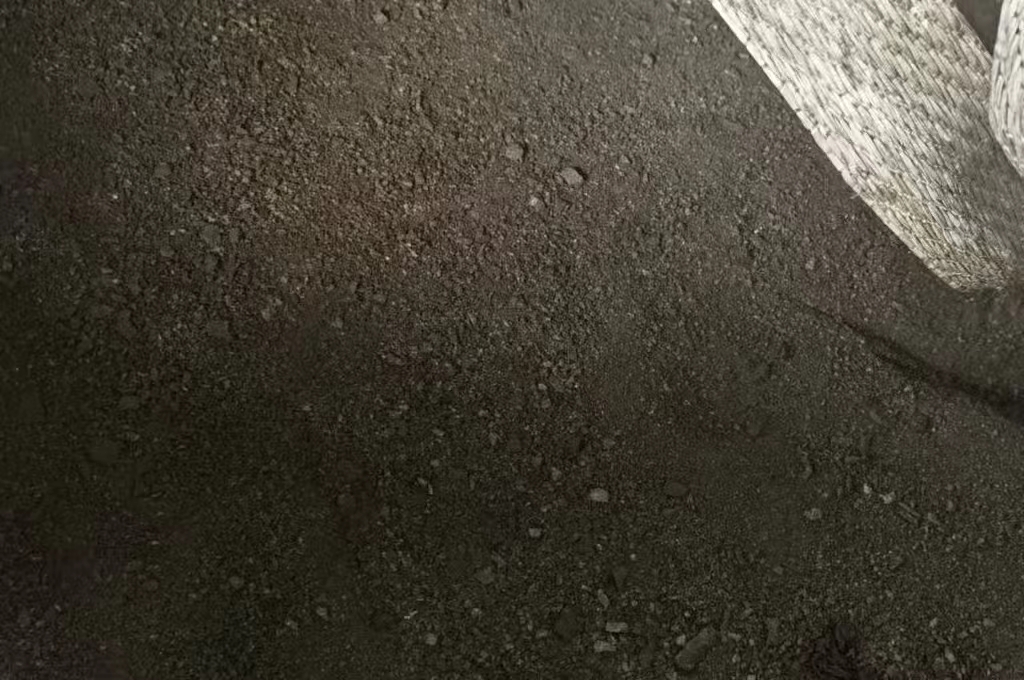흑연 분말은 흑연을 잘게 부순 것입니다. 흑연 자체는 탄소 원소의 결정 형태입니다. 이 회색빛 분말은 부드러운 질감과 금속성 마감이 특징입니다. 여러 가지 고유한 특성을 가지고 있어 다양한 산업 분야에서 유용하게 사용됩니다. 이 포스팅을 통해 흑연 파우더와 그 주요 특성에 대해 알아보세요. 시작하겠습니다.
목차
토글
흑연 파우더는 어떻게 만드나요?
흑연은 전 세계의 변성암에서 발견됩니다. 중국, 러시아, 한국, 브라질이 이 천연 소재의 최대 생산국입니다.
광산에서 추출한 큰 흑연 조각은 제조 장치에서 분쇄됩니다. 일부 산업에서는 흑연 스크랩을 사용하여 분말을 만듭니다. 이 과정을 통해 흑연은 가루 형태로 변합니다. 나중에 이 분말 흑연은 정제 과정을 거칩니다. 이 과정에서 분말의 모든 불순물이 제거됩니다.
어떤 경우에는 제조업체가 흑연 분말에 열처리를 하는 경우도 있습니다. 여기에는 흑연 분말을 고온에서 가열하는 것이 포함됩니다. 이 과정을 통해 순도가 향상됩니다.
흑연 분말의 특성은 무엇인가요?
전기 전도도
분말 흑연은 탄소 원자가 육각형 고리로 배열되어 있어 전기 전도도가 높습니다. 따라서 전자가 층과 층 사이를 쉽게 이동할 수 있습니다.
흑연은 전기를 잘 전도하기 때문에 기업들은 흑연을 사용하여 다음과 같은 제품을 만들기도 합니다. 카본 브러시, 배터리 및 전극.
내열성
또 다른 특징은 고온을 견딜 수 있다는 점입니다. 녹는점은 비산화 환경에서 3000°C 이상입니다. 따라서 화학 및 원자력 산업에서 과도하게 사용하고 있습니다.
무독성
가장 순수한 형태의 흑연 분말을 사용하는 경우 인체에 무해합니다. 또한 맛이나 향이 전혀 없습니다.
요컨대, 흑연 분말은 다양한 엔지니어링 공정에서 인체 건강에 안전합니다.
윤활
흑연 분말 는 미끄럼 방지 특성으로도 유명합니다. 흑연의 미세한 입자는 물체 표면에 달라붙어 매끄럽게 만들어 줍니다. 따라서 흑연 기반 윤활제는 시장에서 널리 사용되고 있습니다.
화학적 불활성
흑연은 일반 온도에서 화학 물질에 반응하지 않습니다. 알칼리 및 용매에 첨가해도 안정적으로 유지됩니다. 흑연 분말의 탄소 구조는 안정적입니다. 원자들이 육각형 격자에서 강한 결합을 형성합니다.
열 충격 방지
전기 전도성 외에도 열충격에 대한 저항성으로 유명합니다. 급격한 온도 변화에도 화합물의 변화를 일으키지 않습니다.
흑연 파우더 용도:
흑연 분말 윤활제: 특히 금속 가공, 자동차 엔진 및 산업 장비와 같은 고온 또는 고압 조건에서 사용됩니다.
고온 재료: 흑연은 열 안정성이 높으며 고온에서 열 교환 재료, 발열체 및 용광로 재료로 사용할 수 있습니다.
전도성 재료: 전도성 잉크, 전도성 코팅 및 정전기 방지 재료의 전도성 첨가제로 사용할 수 있습니다.
배터리 및 전극 재료: 리튬 이온 배터리의 핵심 구성 요소 중 하나이며 배터리의 음극 소재를 만드는 데 사용됩니다.
철강 산업: 이프 제련에서 제조업체는 흑연 분말을 첨가제로 사용하여 다음을 수행할 수 있습니다. 탄소 합금을 사용하여 강철의 성능을 개선합니다.
항공우주: 흑연 소재는 가볍고 강도가 높아 항공우주 분야에서 항공기 및 위성 부품을 제조하는 데 사용됩니다.
원자력: 원자력 산업에서 흑연은 우수한 중성자 열전도율로 인해 원자로의 냉각재 및 구조용 재료로 사용됩니다.
Where to buy graphite powder?
It depends on how you use the graphite powder. If it is used as a carburizer in the metallurgical industry or steel mills, you can contact graphite electrode manufacturers to buy it. If it is used as a lubricant, negative electrode material or conductive material in the battery industry, chemical industry or mechanical industry, you can contact natural flake graphite powder manufacturers to buy it.
결론
흑연 분말에 대한 빠른 가이드입니다. 미세하게 분쇄된 회흑색 분말은 다양한 특성을 가지고 있어 다양한 용도에 적합합니다. 전자, 자동차, 항공우주에 이르기까지 여러 산업 분야에서 사용되고 있습니다. 새로운 소재 기술과 공정이 발전함에 따라 구체적인 적용 분야는 계속 확대될 것입니다.

